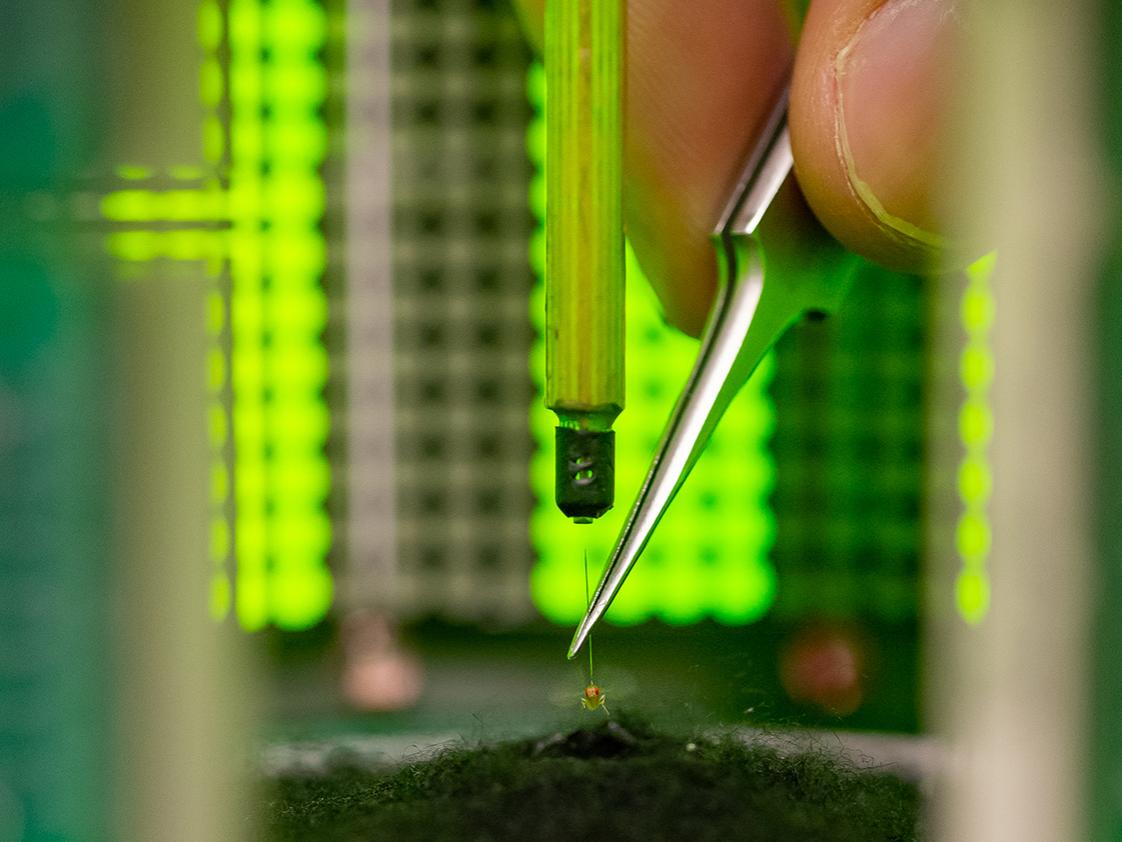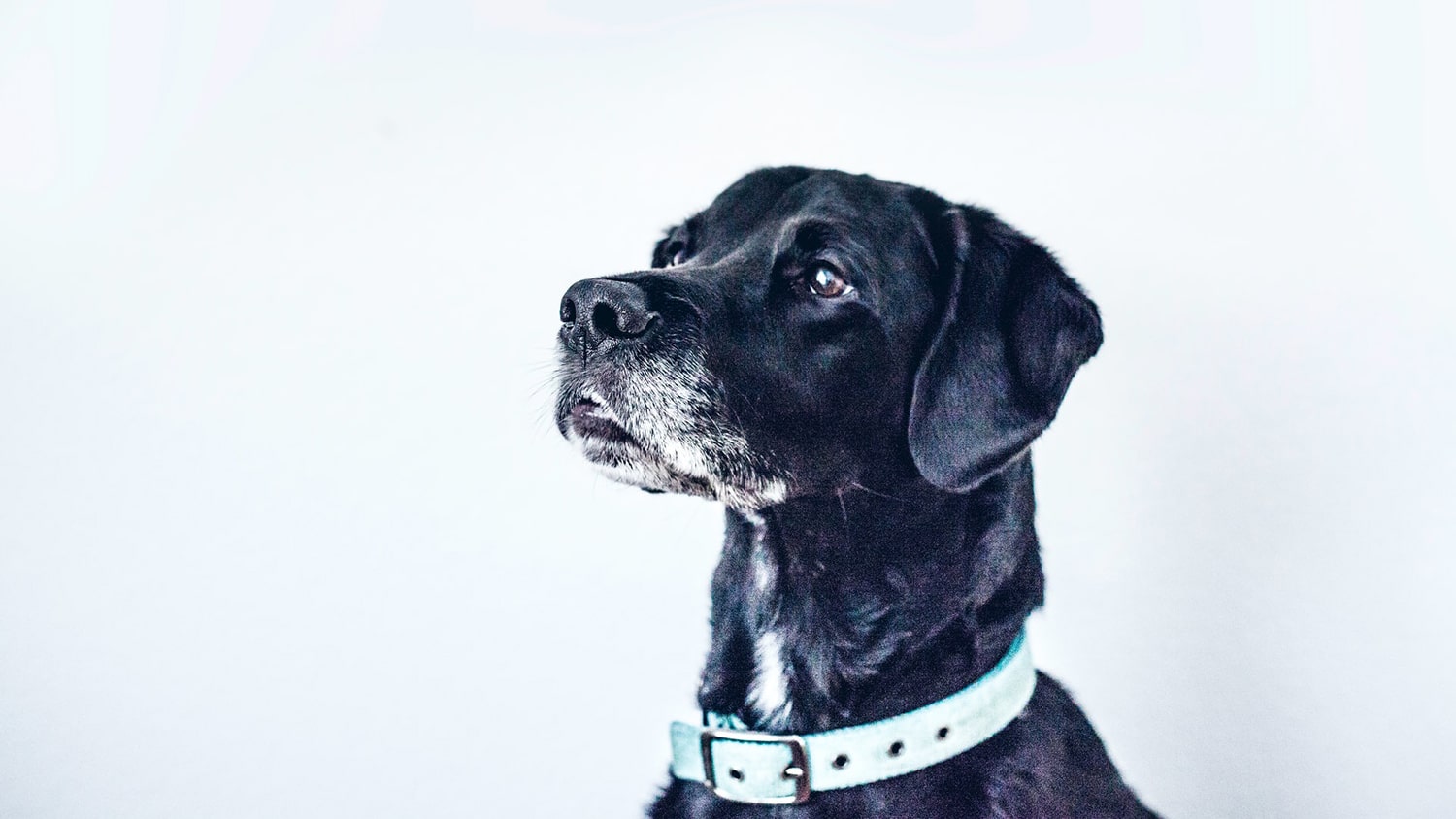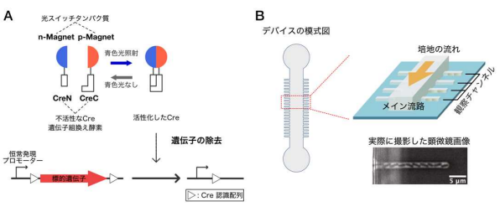ミバエで観察された視覚制御運動は、エネルギーを節約し、パフォーマンスを向上させるために進化した可能性がある Vision-control movements observed in fruit flies may have evolved to conserve energy, improve performance
2022-05-09 ペンシルベニア州立大学(PennState)
 Researchers suspended a fruit fly from a pin and magnet and projected footage of what the insect would see while in flight on LED screens, which caused it to move as if freely flying. In
Researchers suspended a fruit fly from a pin and magnet and projected footage of what the insect would see while in flight on LED screens, which caused it to move as if freely flying. In
研究者らは、この成果を昨日5月3日付の『米国科学アカデミー紀要』に発表しました。
<関連情報>
- https://www.psu.edu/news/research/story/head-body-eye-coordination-conserved-across-animal-kingdom-researchers-find/
- https://www.pnas.org/doi/abs/10.1073/pnas.2121660119
相補的なフィードバック制御により、動物における効果的な視線安定化が可能になる Complementary feedback control enables effective gaze stabilization in animals
Benjamin, Wael Salem, and Jean-Michel Mongeau
The Proceedings of the National Academy of Sciences Published:May 3, 2022
DOI:https://doi.org/10.1073/pnas.2121660119
Abstract
Visually active animals coordinate vision and movement to achieve spectacular tasks. An essential prerequisite to guide agile locomotion is to keep gaze level and stable. Since the eyes, head and body can move independently to control gaze, how does the brain effectively coordinate these distinct motor outputs? Furthermore, since the eyes, head, and body have distinct mechanical constraints (e.g., inertia), how does the nervous system adapt its control to these constraints? To address these questions, we studied gaze control in flying fruit flies (Drosophila) using a paradigm which permitted direct measurement of head and body movements. By combining experiments with mathematical modeling, we show that body movements are sensitive to the speed of visual motion whereas head movements are sensitive to its acceleration. This complementary tuning of the head and body permitted flies to stabilize a broader range of visual motion frequencies. We discovered that flies implement proportional-derivative (PD) control, but unlike classical engineering control systems, relay the proportional and derivative signals in parallel to two distinct motor outputs. This scheme, although derived from flies, recapitulated classic primate vision responses thus suggesting convergent mechanisms across phyla. By applying scaling laws, we quantify that animals as diverse as flies, mice, and humans as well as bio-inspired robots can benefit energetically by having a high ratio between head, body, and eye inertias. Our results provide insights into the mechanical constraints that may have shaped the evolution of active vision and present testable neural control hypotheses for visually guided behavior across phyla.


